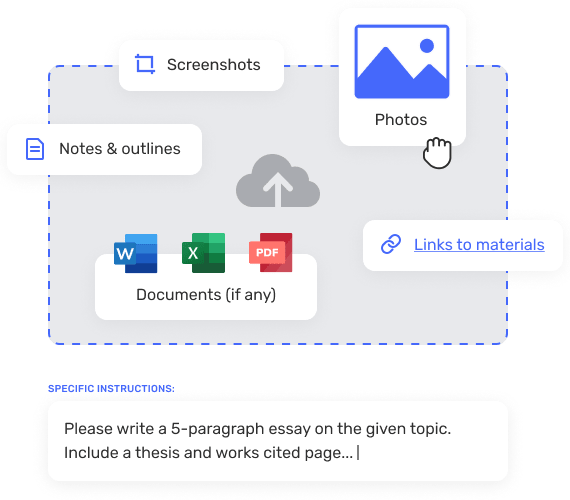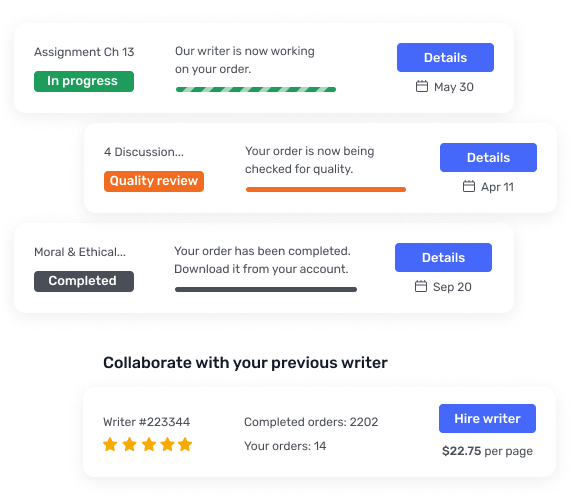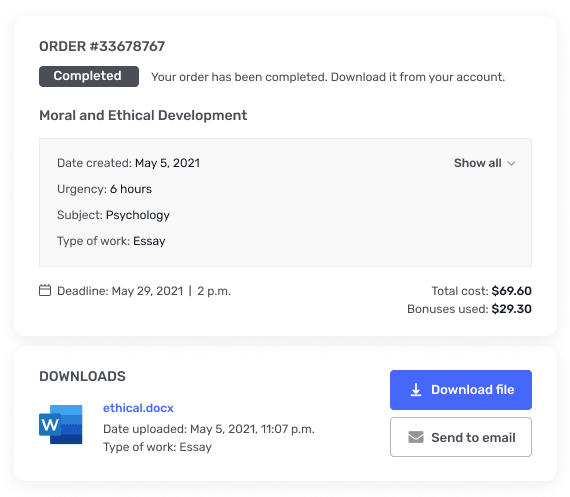Acquired machinery and equipment for $2,800, with general fund resources.
Problem
# 1
Intheyeararoad
maintenance districtwasestablished,it engaged in the transactions that follow
involving capital assets (all dollar amounts in thousands). The district maintainsonlyasinglegovernmentalfund(ageneralfund).
1.
Received authority over roads previously ‘‘owned’’ bythe county. The estimatedreplacementcostoftheroadswas
$240,000. On average they have a remaining usefullife of 40 years.
2.
Acquired machinery and equipment for $2,800, with general fund resources. They
have a useful life of 10 years.
3.
Incurred costs of $12,000 to construct a building. The construction was financed
with general obligationbonds. The building has a useful life of 30 years.
4.
Acquired equipment having a fair market value of $240 in exchange for $80 cash
(from general-fund resources)plus used equipment for which the district had
paid $200.The used equipment had a fair market value at the timeof the trade of
$160; depreciation of $100 had previouslybeen recognized.
5.
Sold land for $280 that had been acquired for $360.
6.
Received a donation of land from one of the townswithin the district. The land
had cost the town $480,but at the time of the contribution had a fair
marketvalue of $2,000.
7.
Incurred $4,800 in road resurfacing costs. The districtestimates that its roads
must be resurfaced every fouryears if they are to be preserved in the condition
theywere in when they were acquired.
8.
Recognized depreciation of $400 on its building, $280
onitsmachineryandequipment,and$6,000onitsroads,inaddition to any depreciation
relating to the resurfacingcosts.
a.
Prepareentriestorecordthetransactionssothattheycould be reflected in the
district’s government-widestatements. The district has opted to depreciate
itsinfrastructure assets.
b.
Suppose instead that the district has elected not todepreciate its roads but to
record as an expenseonly the costs necessary to preserve the roads in
thecondition they were in when acquired. How wouldyour entries differ?
c.
If, in fact, the roads have a useful life of 40 years, doyou think it is sound
accounting not to depreciatethe roads? Explain.
d.
If, in fact, the preservation costs are sufficient topreserve the roads in the
condition they were inwhen the district acquired them, do you think it issound
accounting to depreciate the roads? Explain.
Problem # 2
A
school district constructs a new combined High school and Middle schoolat a
cost of $96 million. It finances the project by issuing
30-yeargeneralobligationserialbonds,payableevenlyoverthe
outstanding term ($3,200,000 per year). District officialsestimate that the
school will have a useful life of 30 years(with no residual value).
1.
Prepare summary entries, in a capital projects fund, torecord the issuance of
the bonds and construction of theschool.
2.
Assume that the district repays the bonds out of currentrevenues. Prepare the
entry that it would make eachyear in its general fund to record the bond
principalpayments.
3.
Assume that the school district must balance its budget; all general-fund
expenditures must be covered bygeneral-fund tax and other revenues. A member of
thedistrict’s board of trustees pointed out that, owing toan unanticipated
increase in property values, the districtenjoyed a budget surplus in the
previous two years andconsequently had accumulated $16 million in
‘‘savings.’’its government-wide statements. Suppose that the districtwere
required to balance its budget; expenditures could notexceed revenues. With
respect to expenditures relating tothenewbuilding,woulditmatterwhethertheexpenditureswere
measured on a full or a modified accrual basis? Wouldyour response be the same
if the repayment schedule onthe bonds differed from the pattern of depreciation
(e.g.,the bonds were repaid over only ten years or depreciationwere charged on
an accelerated basis)?




